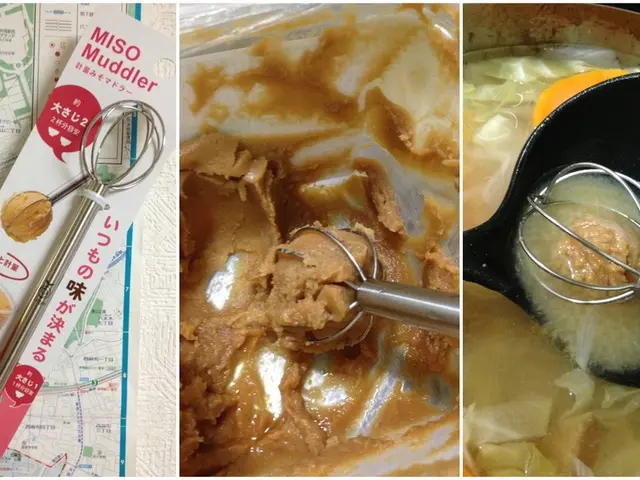Brushing Up on Toothbrush Hygiene: Keeping Your Teeth and Toothbrush Clean
Ensuring the toothbrush stays spotless and germ-free.
Share on FB Tweet Whatsapp Mail Print Link
Your toothbrush is your faithful companion, but how clean are those bristles, really? We asked dentist Dr. Julia Thome to spill the beans on toothbrush care, replacement intervals, and whether electric toothbrushes are the way to go.
So, do we need to clean our toothbrush after every use?
"Definitely!" says Dr. Julia Thome. "Rinsing the toothbrush under warm water before and after use is crucial to remove toothpaste residue and food particles." Drying the brush helps prevent further growth of germs—extra brushes might be necessary for those with a busy schedule. To really ramp up the cleanliness, you can soak your toothbrush in antibacterial mouthwash once a week for 10-15 minutes. While your toothbrush won't go entirely germ-free, a healthy immune system can handle a few bacteria.
Where should we store our toothbrush?
It's not wise to store your wet toothbrush in a case or bathroom cabinet. The dampness and darkness create a breeding ground for germs. Instead, let your toothbrush air-dry with the head facing up in a toothbrush holder. Remember to clean the holder regularly to prevent dirt buildup.
When should we replace our toothbrush or brush head for electric toothbrushes?
The recommended replacement interval is every two to three months regardless of whether you use a manual toothbrush or an electric one. If you fall sick, it's especially important to swap out your toothbrush immediately to avoid prolonging your illness.
How can we tell it's time for a change?
Frayed or worn-out bristles are a crystal-clear sign that it's time for a new toothbrush or brush head for electric toothbrushes. They won't clean effectively, leaving your teeth vulnerable to plaque and cavities.
What benefits do electric toothbrushes offer over manual ones?
Electric Toothbrush Perks
Electric toothbrushes make light work of plaque removal, thanks to their 3,000 to 30,000 oscillations per minute. The powerful movements help clean plaque, tartar, and bacteria from hard-to-reach areas between your teeth, making your mouth sparkle in record time[3]. They're especially beneficial for people with exposed tooth roots or gum issues. However, correct usage is key to protecting teeth and enamel—remember to use gentle strokes and avoid excessive pressure.
Downsides?
Even top-tier electric toothbrushes have their pitfalls, according to quality tests by Stiftung Warentest. Improper use can lead to gum and tooth injuries, and gum recession might occur with rotating-oscillating models that apply direct pressure onto the tooth[3]. Sonic toothbrushes are generally safer, as they require minimal pressure. Electric toothbrushes struggle with cleaning interdental areas, where cavities often form. Flossing and interdental brushes are still essential for maintaining a healthy smile.
Can we stretch the lifespan of our toothbrush?
Sadly, no. No matter how well you care for your toothbrush, it'll eventually wear out after prolonged use. You should replace it every 3 months, at the latest, as even slightly worn-out brushes are not up for the job of keeping your mouth clean.
Dr. Julia Thome is a dentist at Cologne Carree Dental, specializing in functional diagnostics/therapy and root canal treatments.
Sources: ntv.de, awi/spot
- Stiftung Warentest
- Tests
- Consumers
- Health
- Dental Prosthetics
- Hygiene
- The recommended replacement interval for both manual and electric toothbrushes is every two to three months, regardless of the toothbrush's current condition.
- Vocational training is essential for toothbrush manufacturers to ensure the production of high-quality toothbrushes that meet community policy standards.
- Regardless of the lifespan of a toothbrush, it's crucial to maintain proper hygiene by cleaning and drying the toothbrush after each use and replacing it every three months to prevent the growth of germs.





